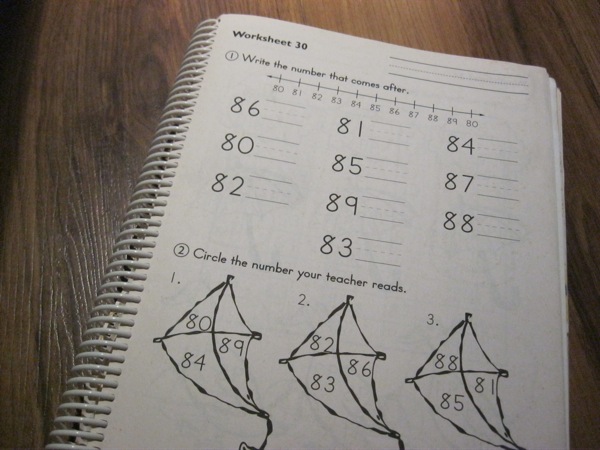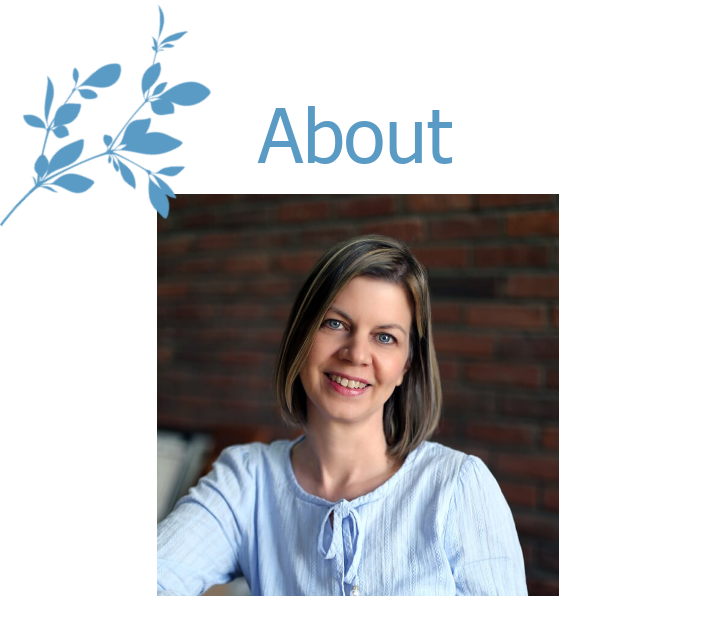A reader wrote to ask more details about our family’s choice to go gluten-free, and I realized it was something I hadn’t given a lot of time to explain, and perhaps the explanation might help someone else.
So I’m going to do my best to share the reasons behind our choice to go gluten-free, and what brought us to this point.
First of all, no one in the family that we know of has Celiac disease, nor does anyone have a known digestive issue with gluten, although my nutritionist would tell you that everyone would benefit from a gluten-free diet. And it’s true, as we have all gradually switched to make life easier for the one in our family who benefits most, it has helped all of us.
Part of the reason I haven’t shared some of this here before is that Sweetpea, who is the child who benefits from a GF diet, doesn’t like to feel different or centred out, and I haven’t wanted to talk about her situation on this kind of public forum. But as I’ve shared with other parents, I’ve realized that this kind of issue is not uncommon, and other parents might benefit from the path we’ve taken.
When we first moved to China, we had already been homeschooling for a couple of years. We started when Sweetpea reached preschool age because it was very apparent that more than Pumpkin, she needed routine and structure and something to keep her busy during the day. Seeing the way Sweetpea engaged with the world made me wonder if I was up to the task of homeschooling–something I’d decided even before my children were born was what I wanted to do for them.
At that point, I did the right thing. I called Sonlight Curriculum and spoke to one of their curriculum advisors. The lovely person on the other end of the line–to whom I am forever grateful–suggested that maybe what my very active daughter needed was more time with mommy, more attention, and some structured time sitting on the sofa reading together. She encouraged me to take advantage of their money-back guarantee and give it a try, starting with their Preschool curriculum.
I’m so glad I did.
The Preschool curriculum, which we took two years to work our way through, was just what the doctor ordered.
But that did not mean that my challenges were over. During the kindergarten year, we moved to China for the first time.
And we began math. I do believe part of the problem was the particular curriculum we chose–full of little pictures, and not strong on building understanding of patterns. Sweetpea spent most of her time looking at the little pictures and coloring them in, and very little time learning math.

And I was frustrated. About this time, we also had some huge behavioral challenges on our hands with her. It seemed that no strategy for correction worked. Instead, she seemed to feed on any negativity–any form of correction–and come back for more.
And the next year, math continued to be more and more frustrating. One day, she’d whiz through her math problems. The next day, it would be as though she had no idea what 1 + 1 meant or that we’d ever discussed it before.
Because we were in China, we had abandoned the book-based Explode the Code for phonics that was part of the Sonlight program, and moved to the online version. The program contains tracking information to show the student’s progress. A similar phenomenon to her math “progress” seemed to be showing in her scores in ETC. While Pumpkin’s scores rose on a steady incline, Sweetpea’s were erratic, with no discernible pattern.
I knew something wasn’t right, but what?
About this time, I had a discussion about adoption with a fellow expat here in China. She and her husband had adopted special needs children. Since they already had children of their own, I asked her how an adoption agency had approved them (since in exploring the idea of adoption previously, I’d learned that it was difficult to be approved for adoption if you already had three children). Her statement was, “If you want special needs children, the requirements aren’t as stringent.”
Now I wanted to know, “How do you know you’re ready to take on that kind of challenge?”
She shared with me that her firstborn–a son–was high-functioning autistic. This is something I never would have guessed.
I don’t remember how the subject changed to Sweetpea, but at some point, she said, “You know, ADHD is on the autism spectrum. Your daughter might benefit from some of the therapies we’ve used with our son.”
ADHD? My Sweetpea? ADHD was one of those conditions I’d always figured was a figment of parents’ imaginations–an excuse for bad parenting.
And what were these therapies?



